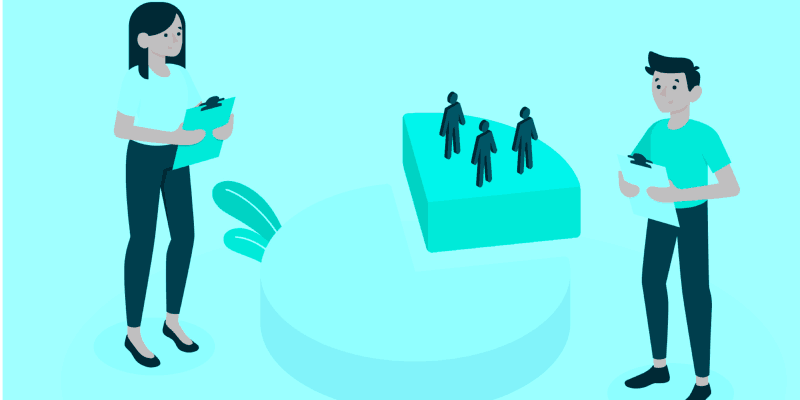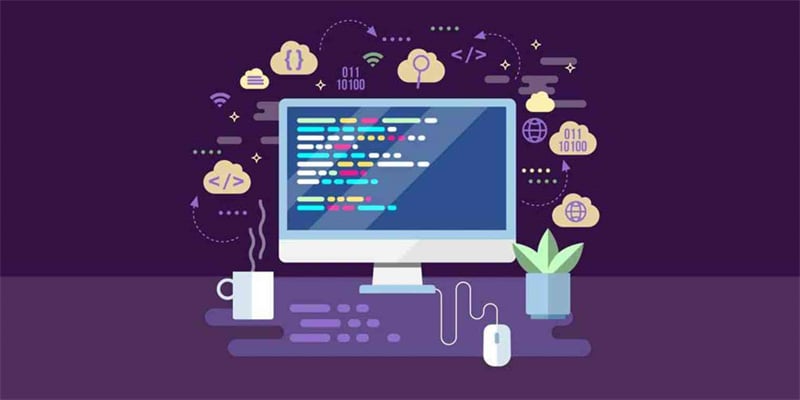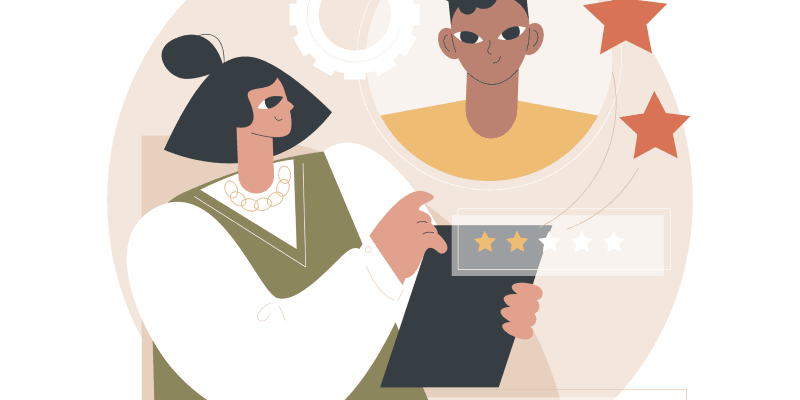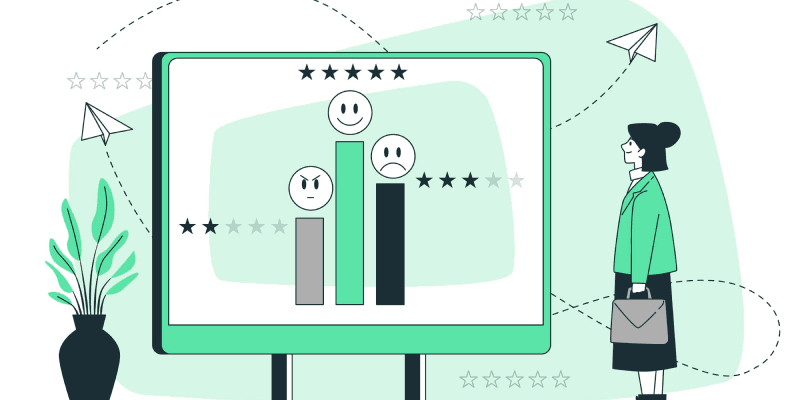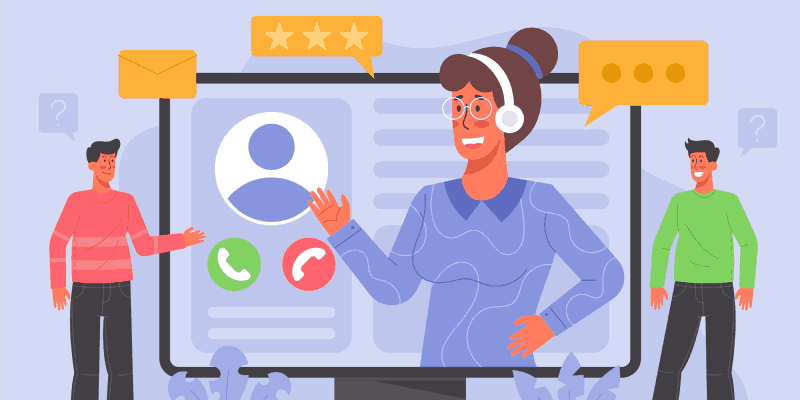Steps to Creating a Customer Onboarding Email Template
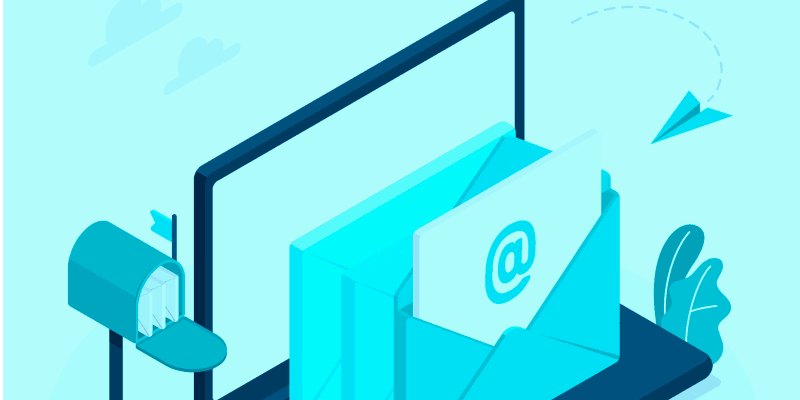
How you begin your relationship with customers often dictates how long and successful their relationship with your company will be. Given that SaaS companies need to retain customers for a period of time in order to accrue enough subscription revenues to become profitable, delivering valuable onboarding experiences is essential.
Many SaaS companies, particularly when operating a low-touch, scaled model of customer engagement, opt to use email sequencing as a primary means of onboarding new customers and helping those customers achieve their desired outcomes. So, the success or otherwise of your business can be a function of how well you design and execute your customer onboarding email sequences.
In the following guide, we will take a look at how to design a customer onboarding email template, and implement effective email sequences to ensure you optimise the onboarding experience and, by extension, maximise customer retention.
Why Are Onboarding Emails Important?
Customer onboarding emails are important because they set the tone for the whole user experience. A great customer onboarding email sequence can create a memorable first impression and cultivate a sense of value and trust from the initial contact.
Still, one of the crucial roles of onboarding emails is to help users familiarize themselves with the product. By providing your users with how-to guidelines, instructions on platform navigation, and key feature usage, you are helping them understand the product better and removing any friction and confusion. This is how the users stay engaged and encouraged to take certain actions that lead to product activation and adoption. Also, by educating users about new and additional features, you are opening opportunities for upselling.
What Components Should Customer Onboarding Email Templates Contain?
A customer onboarding email template includes a series of emails (email sequences) created to introduce new users to your SaaS platform by guiding them smoothly through its key features. If crafted well, they encourage continual engagement and ultimately boost customer loyalty.
- A welcome email
- It should contain a warm welcome to your platform, an introduction to it, an explanation of why users love it, and a step-by-step guide to setting up the account. Don’t forget to offer assistance if there is a need for it.
- Tutorials and tips emails
- They should provide educational materials to shorten users’ time to value (TTV). Include self-service resources, tutorials, and other useful materials.
- Special feature promotion emails
- These serve as a presentation of your SaaS product’s key features that provide the most value to users. Explain how these specific features work, present real-life use cases and benefits, and provide tips to maximize their efficiency.
- Advanced tips and support emails
- Support email is customized for those users who have already taken time to explore the product and are ready to make the most of it. Present them with the hidden gems and some advanced features, share best practices for optimization, and teach them how to leverage support resources.
- Check-in emails
- Check-in email should contain a few questions about your customers’ experiences, like what has been more valuable for you, do you need help with anything, and do you have any suggestions or feedback? By having insight into their experience, you can refine future onboarding emails to ensure their journey remains exceptional.
- Expiry emails
- They should remind users about the upcoming end of their trial period to encourage them to try out the features they missed. Include compelling CTAs like annual plan discounts or subscription upgrades to motivate users to continue using the product. A helpful tip – do this a day or two before the trial expiration date! If you remind them 10 days prior to trial expiration, they might simply forget about it.
- Re-engagement emails
- These are tailored for inactive users who need a little push to re-engage with your platform. They should focus on the product’s main benefits, offer discounts, and include clear options to unsubscribe.
This is just a starting point for structuring effective SaaS customer onboarding email templates. To ensure your users a seamless onboarding experience, your main goals should be the personalization of the messages to fit the customer’s needs and customer empowerment towards successful and more efficient product usage. Check out other tips for improving onboarding.
Steps to Creating an Email Onboarding Sequence
After providing you with customer onboarding email examples, let’s see what an effective email onboarding sequence should involve.
Determine the email onboarding sequence objectives
Set the exact goals of your onboarding sequence—should it educate users, promote specific key features, or encourage certain actions?
Segment your customers
To understand your customers’ preferences and behavior, you first need to segment them into specific groups based on demographics, platform interaction, behavior, etc. With customer success platforms like Akita, you can build targeted segments by filtering on the imported traits of contacts and their KPI modifications. Then, you can monitor groups’ performance via visualized metrics and refine your onboarding strategy as you go.
Transition users to the next steps
Once the customer reaches a certain milestone or completes a sequence, transition them to the next stage by sending instructive emails.
Monitor and optimize your onboarding email sequence
By analyzing open rates, click-through rates, and conversion rates regularly, you are getting an in-depth knowledge of the sequence’s performance. In case the rates are not satisfactory, you can optimize subject lines, CTAs’, and, of course, content. Also, analyze their feedback to identify areas for improvement. By keeping the customer onboarding email sequence relevant and engaging for your users, you are one step closer to creating an effective onboarding experience! To go a step further, think about automating the onboarding process (not the whole process!).
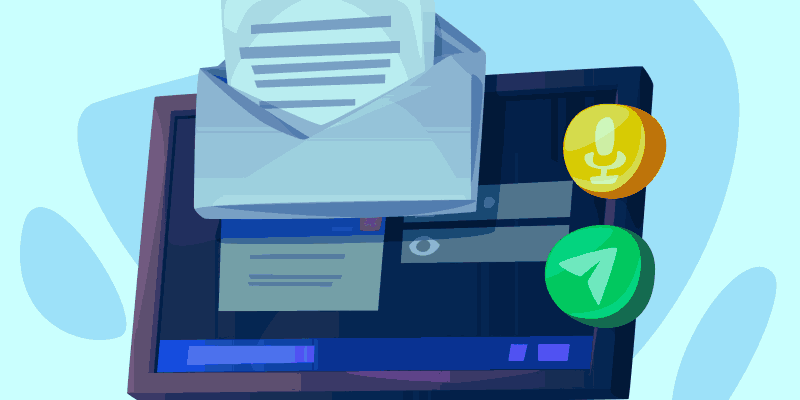
How to Write a Customer Onboarding Email Template for Your Customers?
Creating an effective email for onboarding a new customer requires a strategic approach to keep the users engaged and continually interested in its key features. Here’s a step-by-step guide:
- Greeting
- Start with a personalized greeting that includes the customer’s name to connect with them properly.
- Introduction
- Express gratitude for selecting your SaaS service or product and introduce the given product by providing a short overview of its key features and possibilities.
- Guidance
- Include clear instructions on how to get started by providing guidance, knowledge base, links to tutorials, and others.
- Highlight benefits
- Highlight the essential features of your product, but stay concise and simply focus on its greatest benefits.
- Include CTA
- Don’t forget to include CTAs (calls-to-action) to encourage users to move forward—creating an account, signing up, setting preferences, or inspecting a certain feature.
- Add visuals
- Make sure to add some visuals that demonstrate how to use your product properly and effectively.
- Links to resources
- Point out the exact resource spot where users can find what they need — FAQs, support materials, or customer support channels.
- Personalised experience
- Personalise users’ experiences by providing them with exclusive content tailored to their specific needs.
- Follow-up emails
- Send follow-up emails that highlight the benefits or upcoming features to drive more engagement.
Benefits of Email Onboarding
By delivering meaningful content that addresses customers’ needs at every point, you are one step closer to creating a strong bond with them. Personalization in onboarding is vital for customer loyalty, and if customers get a grasp of the product’s value in the early stages, they will most likely stick to it. Therefore, well-crafted customer onboarding templates can reduce churn, which is one of the greatest email onboarding benefits!
Also, onboarding emails give you an opportunity to gather and analyze user feedback to gain an understanding of customer behavior and tailor effective onboarding strategies. This is how you can improve the customer experience and satisfaction and, ultimately, boost customer retention.
Can you Deliver Onboarding Email Sequences in Akita’s Customer Success Management Platform?
Yes!
Akita has a playbook feature that allows email sequences to be built, triggered and sent. As Akita is a Customer Success platform for onboarding, it retains all of your key customer data and can trigger email sequences based on changes in your customers’ profile, journey stage, or behavior.
Akita facilitates the inclusion of customer attributes in email templates, allowing you to add up-to-date information like health or survey scores, usage metrics, billing information, support ticket data, or other custom data or metrics.
Onboarding email sequences can be triggered or canceled based on a company or user’s completion of certain tasks associated with onboarding, meaning all of your automated outreach can be relevant to your customers’ specific experiences.

Conclusion
Creating effective customer onboarding email templates involves ablend of engaging, informative, and personalized communication. The key to crafting a sequence that can address each customer’s unique needs and concerns lies in understanding these specific needs. Use Akita for advanced customer segmentation and leverage extensive data to create a personalized email sequence for each segment. Email communication and other things are crucial for creating a good onboarding process.
Frequently Asked Questions
What are common mistakes to avoid in the customer onboarding email sequence?
Avoid overwhelming your customers with too much information at once. Also, failing to personalize emails can reduce their effectiveness. Finally, by forgetting to include follow-up emails, a company may lose customers’ interest faster.
How many emails should be included in an onboarding email sequence?
The numbers vary depending on customer interest and product complexity, yet the recommended number of sent email messages in SaaS goes from 3 to 7.
How can I personalize an onboarding email sequence?
By utilizing customer data! Segment your customers based on their common traits and create content to meet their specific needs.
